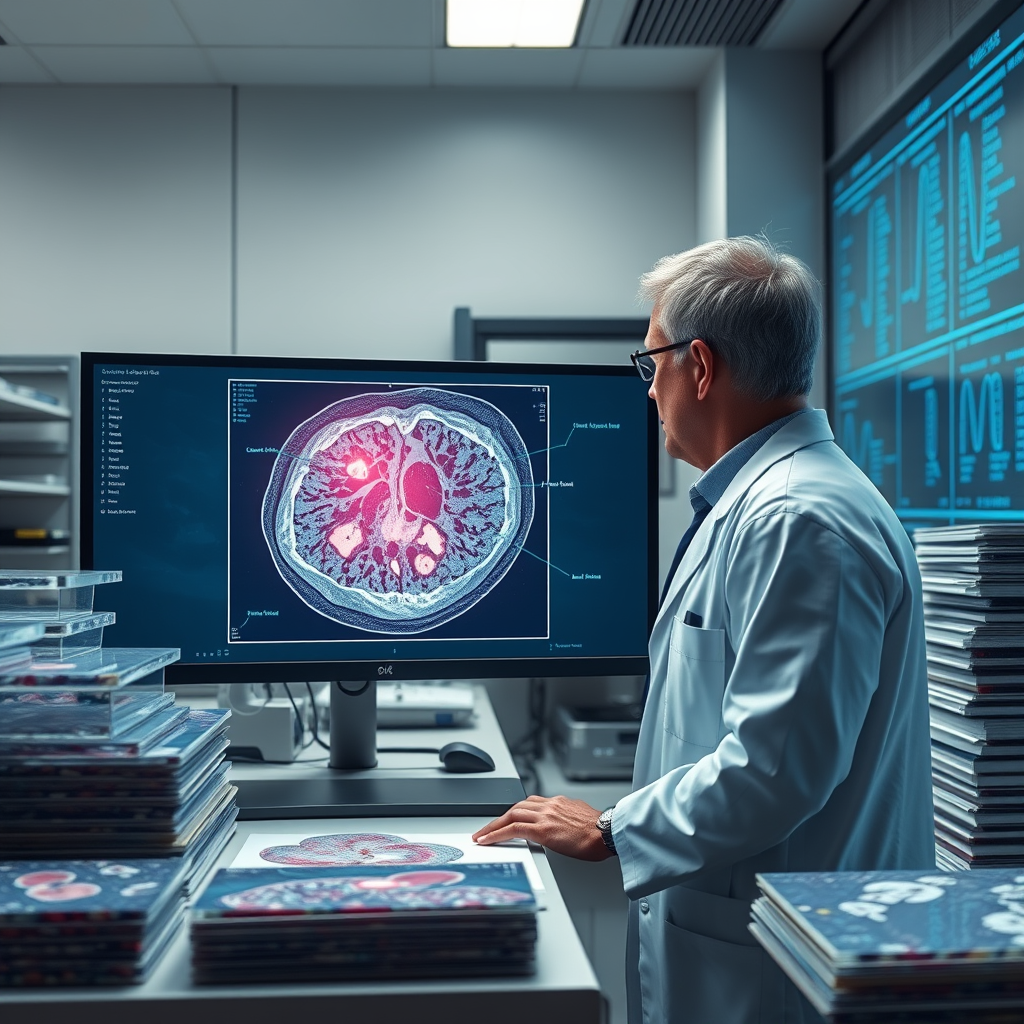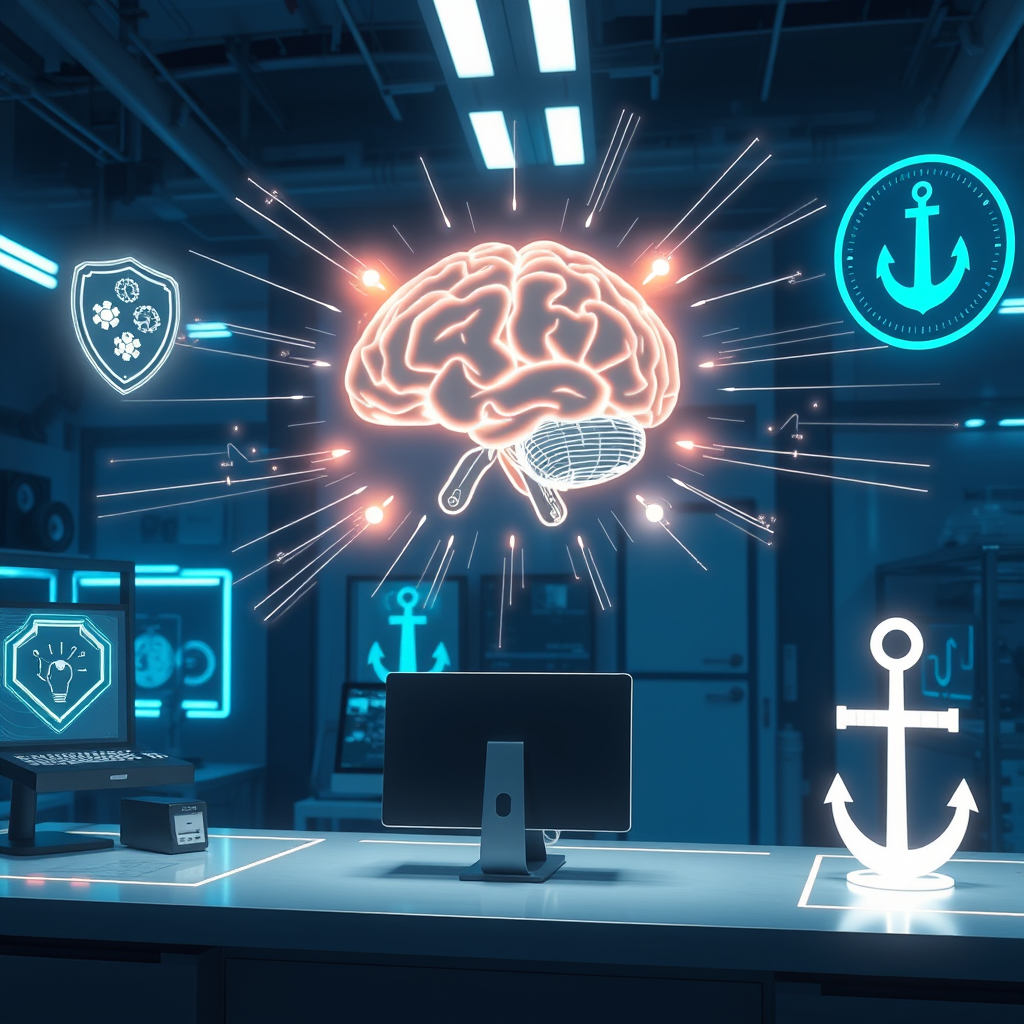
Introduction
Digital pathology has evolved from the traditional microscope to a data‑rich, image‑centric discipline that relies on high‑resolution whole‑slide scans. The sheer volume and complexity of these images pose a formidable challenge for pathologists, who must sift through millions of pixels to identify subtle morphological cues. In recent years, deep learning has emerged as a powerful ally, offering automated feature extraction, pattern recognition, and predictive analytics that can augment human expertise. Yet the journey from research prototypes to routine clinical tools is far from straightforward. The field must confront issues of data heterogeneity, model interpretability, regulatory compliance, and integration into existing laboratory workflows. This article delves into the most pressing challenges and the latest advances that are reshaping how deep learning is applied to digital pathology, illustrating how these innovations are translating into faster, more accurate diagnoses and ultimately better patient outcomes.
Main Content
The Promise of Automated Histopathology
Deep learning models, particularly convolutional neural networks (CNNs), excel at parsing complex visual patterns. In histopathology, they can detect cancerous cells, quantify tumor infiltrates, and even predict molecular subtypes from routine hematoxylin and eosin (H&E) slides. For example, a recent study demonstrated that a CNN trained on thousands of breast cancer slides could predict estrogen receptor status with an accuracy comparable to immunohistochemistry, reducing the need for additional staining. Such capabilities not only accelerate turnaround times but also lower costs, especially in resource‑constrained settings where access to specialized assays is limited.
Data Heterogeneity and the Need for Robust Training Sets
A recurring obstacle in digital pathology is the variability introduced by different scanners, staining protocols, and patient demographics. Models that perform well on a single institution’s data often falter when applied elsewhere. To mitigate this, researchers are adopting domain adaptation techniques that align feature distributions across sites, as well as federated learning frameworks that allow multiple hospitals to collaboratively train a shared model without exchanging raw images. These strategies preserve patient privacy while expanding the diversity of training data, thereby enhancing generalizability.
Interpretability and Trust in Clinical Decision‑Making
Pathologists are trained to justify every diagnostic conclusion, and a black‑box algorithm can erode that confidence. Recent advances in explainable AI—such as saliency maps, class activation mappings, and attention mechanisms—provide visual overlays that highlight the image regions most influential to a model’s prediction. By correlating these heatmaps with known histological landmarks, clinicians can verify that the algorithm is focusing on biologically relevant features rather than spurious artifacts. Moreover, incorporating uncertainty estimates into model outputs allows pathologists to flag cases that warrant closer inspection, fostering a collaborative human‑machine workflow.
Regulatory Pathways and Clinical Validation
Translating deep learning tools from the lab to the clinic requires rigorous validation and regulatory approval. In the United States, the Food and Drug Administration (FDA) has issued guidance on software as a medical device (SaMD), emphasizing the need for prospective clinical trials, post‑market surveillance, and clear documentation of performance metrics. European regulators similarly demand evidence of safety, efficacy, and interoperability. To meet these standards, developers are adopting continuous learning pipelines that monitor model performance over time, automatically retraining on new data while maintaining audit trails. This dynamic approach ensures that the algorithm remains compliant as tissue preparation techniques and scanner technologies evolve.
Integration into Laboratory Information Systems
Even the most accurate model is of limited value if it cannot be seamlessly incorporated into the laboratory’s existing workflow. Modern pathology information systems (LIS) and digital slide viewers are increasingly exposing APIs that allow third‑party applications to retrieve images, submit predictions, and store results. By embedding deep learning modules directly into the slide navigation interface, pathologists can receive real‑time suggestions without disrupting their routine. Additionally, the ability to batch‑process slides and generate structured reports that feed into electronic health records streamlines communication between pathology and clinical teams.
Ethical Considerations and Bias Mitigation
As with any AI system, deep learning in pathology is susceptible to bias if the training data are not representative. For instance, a model trained predominantly on samples from a single ethnic group may underperform on others, leading to disparities in diagnostic accuracy. Addressing this requires deliberate sampling strategies, bias audits, and transparent reporting of performance across subpopulations. Ethical frameworks that prioritize fairness, accountability, and patient autonomy are becoming integral to the development lifecycle, ensuring that technological progress does not come at the expense of equity.
Conclusion
The convergence of deep learning and digital pathology is redefining the landscape of diagnostic medicine. By automating routine tasks, uncovering subtle morphological patterns, and providing actionable insights, AI systems are accelerating diagnosis, reducing costs, and improving patient care. Nonetheless, the field must navigate a complex array of technical, regulatory, and ethical challenges. Continued collaboration between data scientists, pathologists, regulators, and industry partners is essential to build robust, interpretable, and equitable solutions that can be trusted in the high‑stakes environment of clinical diagnostics.
Call to Action
If you are a pathologist, researcher, or technology partner intrigued by the potential of deep learning in digital pathology, consider joining interdisciplinary consortia that focus on data sharing, model validation, and workflow integration. By contributing diverse datasets, clinical expertise, and real‑world feedback, you can help shape algorithms that are not only technically sound but also clinically relevant. Engage with regulatory bodies early, adopt transparent reporting practices, and champion ethical standards to ensure that AI tools serve all patients fairly. Together, we can accelerate the adoption of intelligent pathology solutions that elevate diagnostic precision and patient outcomes across the globe.


